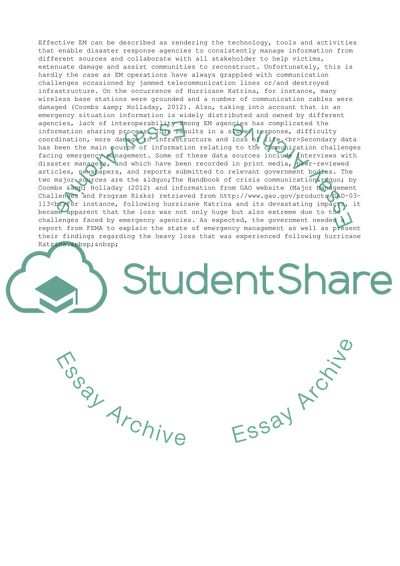Cite this document
(“Communication Challenge in Emergency Management Assignment”, n.d.)
Communication Challenge in Emergency Management Assignment. Retrieved from https://studentshare.org/management/1831664-final-paper
Communication Challenge in Emergency Management Assignment. Retrieved from https://studentshare.org/management/1831664-final-paper
(Communication Challenge in Emergency Management Assignment)
Communication Challenge in Emergency Management Assignment. https://studentshare.org/management/1831664-final-paper.
Communication Challenge in Emergency Management Assignment. https://studentshare.org/management/1831664-final-paper.
“Communication Challenge in Emergency Management Assignment”, n.d. https://studentshare.org/management/1831664-final-paper.


